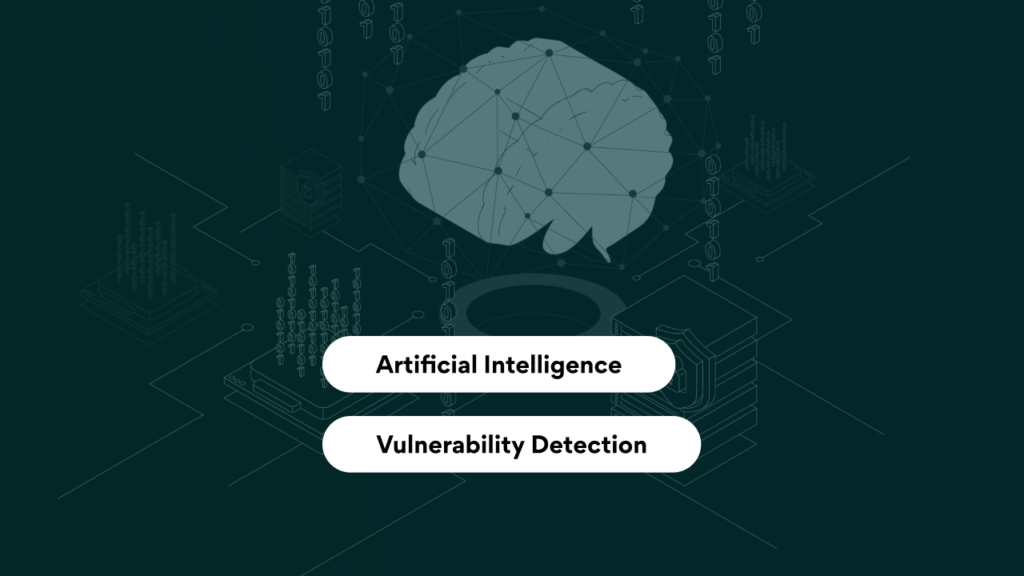
Artificial Intelligence (AI) isn’t just a popular word anymore. It’s becoming a big player in how we interact with technology daily. AI learning and adapting is a game changer, especially when it comes to security. It’s not only about following rules; it’s about growing and finding those sneaky vulnerabilities that can be exploited. Let’s dive into how AI does this in real-world scenarios.
Understanding AI Learning and Adapting
AI systems learn from data, making them smarter over time. They analyze patterns and adapt their actions based on what they learn. This capability is super crucial in industries like cybersecurity, healthcare, and finance. But what does that mean for us?
Real-Life Example: AI in Cybersecurity
Take a look at a recent case study involving Darktrace, a leading cybersecurity company. Darktrace developed an AI-driven system called the “Enterprise Immune System.” It works like our immune system, learning and adapting to detect potential threats in real time. Here’s how it works:
- Data Collection: The AI collects data from network traffic. It observes normal behavior and identifies what “normal” looks like for every user and device.
- Anomaly Detection: Once it has a solid baseline, the AI starts looking for anomalies. If a user suddenly tries to access files they typically don’t, the system raises an alert.
- Response and Adaptation: If the system detects unusual activity, it can respond automatically—either by quarantining the device or alerting IT staff.
In a recent deployment, Darktrace reported that its AI system detected 76% of cyber threats that human teams missed, showcasing how effective AI can be in learning and adapting to find vulnerabilities.
Visual Representation of Findings
Here’s a quick breakdown of the study’s findings:
| Detection Method | Percentage of Threats Detected |
|---|---|
| AI System | 76% |
| Human Analysis | 24% |
The Impact of AI Learning and Adapting
The implications of AI learning and adapting extend beyond just cybersecurity. In healthcare, AI analyzes patient data to identify potential health risks before they become severe. In finance, it assesses spending patterns to detect fraud.
Conclusion: Embracing AI’s Potential
AI is no longer just a tool; it’s evolving into an essential partner. As it continues to learn and adapt, it finds vulnerabilities and helps protect us from risks we may not even see coming. This shift is not just exciting—it’s crucial for our security and safety in an increasingly digital world. Embracing AI learning and adapting will shape a safer, smarter future for everyone.
By showcasing how AI is actively learning and adapting in real-world scenarios, we can better understand its importance. The journey of AI is just beginning, and its potential to revolutionize our interactions with technology is something we can’t afford to ignore.

